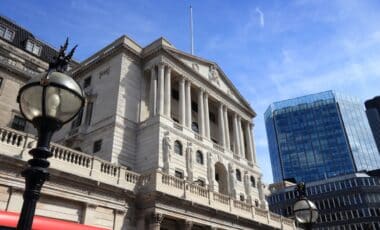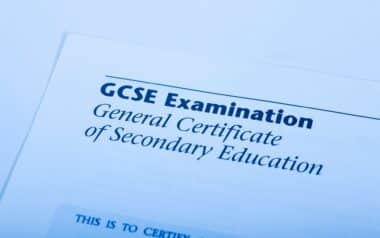Allowances are shrinking, and millions of UK households are unwittingly falling victim to a range of hidden tax traps that quietly erode their income. From frozen tax thresholds to overlooked childcare support, these policies affect families, investors, and savers, leaving many grappling with unexpected financial burdens.
With more people pushed into higher tax brackets and reduced tax-free allowances, understanding the mechanisms behind these stealth charges has become essential. Here’s a breakdown of the most significant tax traps affecting UK households and how they are impacting finances.
Frozen Thresholds and Diminishing Allowances
One of the most widespread challenges is the income tax threshold freeze, set at £50,270 since April 2021. This freeze, lasting until 2028, means that wages rising with inflation are pushing an increasing number of individuals into the 40% higher tax band. For context, wages have risen by 22% since the freeze was introduced, yet the threshold remains static. Had it been adjusted in line with inflation, it would now stand at £61,329.
High-income earners face additional challenges. Those earning over £100,000 begin losing their personal tax-free allowance of £12,570 at a rate of £1 for every £2 above this limit. By £125,140, the allowance is entirely lost, creating an effective marginal tax rate of 60% for these individuals. Pension contributions can partially mitigate this, but they come with restrictions: funds are generally inaccessible until the age of 55, increasing to 57 by 2028.
Another financial hurdle is the high-income child benefit charge, which requires families with one earner over £60,000 to repay part or all of their child benefit via self-assessment. Since its introduction in 2013, this threshold has remained unchanged, despite significant increases in wages over the same period.
Underutilised Childcare Support and Rising Investment Taxes
Childcare costs are a growing concern for families, yet many fail to take advantage of available support schemes. The tax-free childcare scheme, which replaces older childcare vouchers, allows parents to save up to £2,000 annually per child. However, recent policy changes mean families must switch to this newer scheme, and missing out on enrolment can lead to increased childcare costs. Additionally, forthcoming expansions to free childcare hours from 2024 onwards may alleviate some burdens, but awareness and preparation are key to benefiting fully.
There are growing obstacles for savings and investors as well. Those who depend on dividends for their income now have tax obligations due to the reduction of the dividend tax limit to £1,000 per year. Significant increases have also been made to the capital gains tax (CGT), which now stands at 18% for basic-rate taxpayers and 24% for higher-rate taxpayers. The tax-free CGT allowance was reduced from £12,300 to just £3,000 at the same time, making investors more susceptible to increased fees on the sale of assets like stocks and real estate.
Households can safeguard their money and make wise financial decisions by being aware of these hidden tax procedures.









